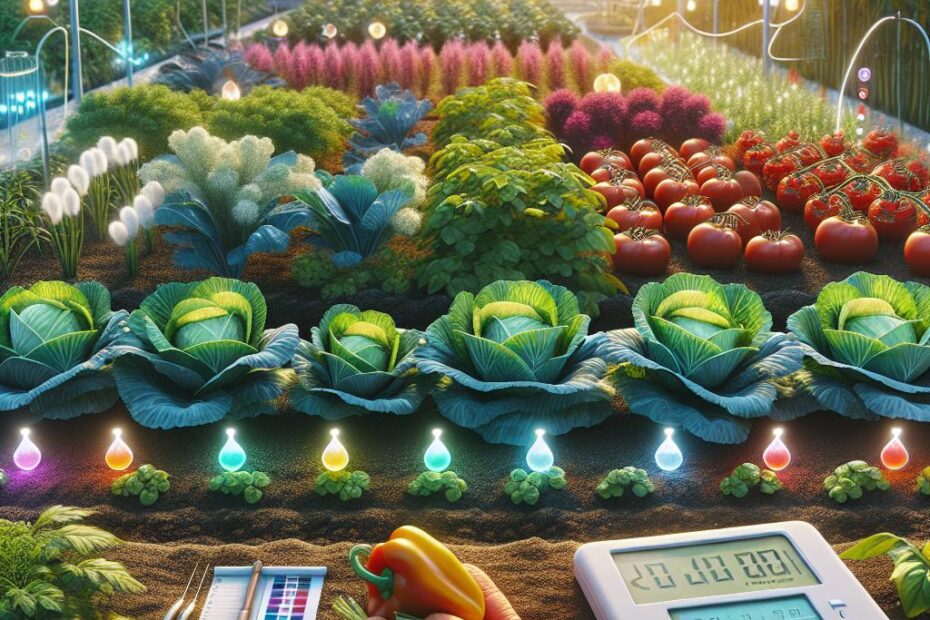Understanding Vegetable Garden pH Levels
When it comes to growing a successful vegetable garden, one of the most important factors to consider is the pH level of your soil. pH, which stands for potential of hydrogen, is a measurement of how acidic or alkaline your soil is. Different plants have different pH preferences, so it’s crucial to ensure that your soil’s pH level is appropriate for the vegetables you want to grow.
Importance of pH Levels in Vegetable Gardening
The pH level of your soil can have a significant impact on the health and productivity of your vegetable garden. If the pH level is too high or too low, it can affect the availability of nutrients in the soil, making it difficult for plants to absorb the necessary elements for growth. This can result in stunted growth, poor fruit development, and overall reduced yields.
Optimal pH Levels for Common Vegetables
Here are the optimal pH levels for some common vegetables:
| Vegetable | Optimal pH Level |
|---|---|
| Tomatoes | 6.0-6.8 |
| Carrots | 5.8-7.0 |
| Spinach | 6.0-7.0 |
| Peppers | 5.5-6.0 |
| Broccoli | 6.0-7.0 |
Testing and Adjusting pH Levels
It’s essential to test the pH level of your soil before planting your vegetable garden. You can do this by purchasing a soil test kit from a garden center or sending a sample of your soil to a professional lab for analysis. Once you know your soil’s pH level, you can adjust it as needed using lime to raise the pH or sulfur to lower it.
Benefits of Maintaining Proper pH Levels
- Improved nutrient availability for plants
- Optimal plant growth and development
- Increased disease resistance
- Higher yields and better-tasting vegetables
Practical Tips for pH Management
- Avoid over-fertilizing, as this can affect soil pH
- Use organic matter, such as compost, to help balance pH levels
- Monitor pH levels regularly and make adjustments as needed
- Consider planting cover crops to help improve soil health and pH
Case Study: pH Levels in a Successful Vegetable Garden
One gardener, Sarah, noticed that her tomato plants were not producing as many fruits as she had hoped. After testing her soil, she discovered that the pH level was too low. By adding lime to her soil to raise the pH level to the optimal range for tomatoes, Sarah saw a significant improvement in her plants’ growth and fruit production.
Conclusion
Understanding and managing pH levels in your vegetable garden is essential for growing healthy, productive plants. By testing your soil, adjusting pH levels as needed, and following practical tips for pH management, you can create an ideal growing environment for your vegetables and enjoy a bountiful harvest.
